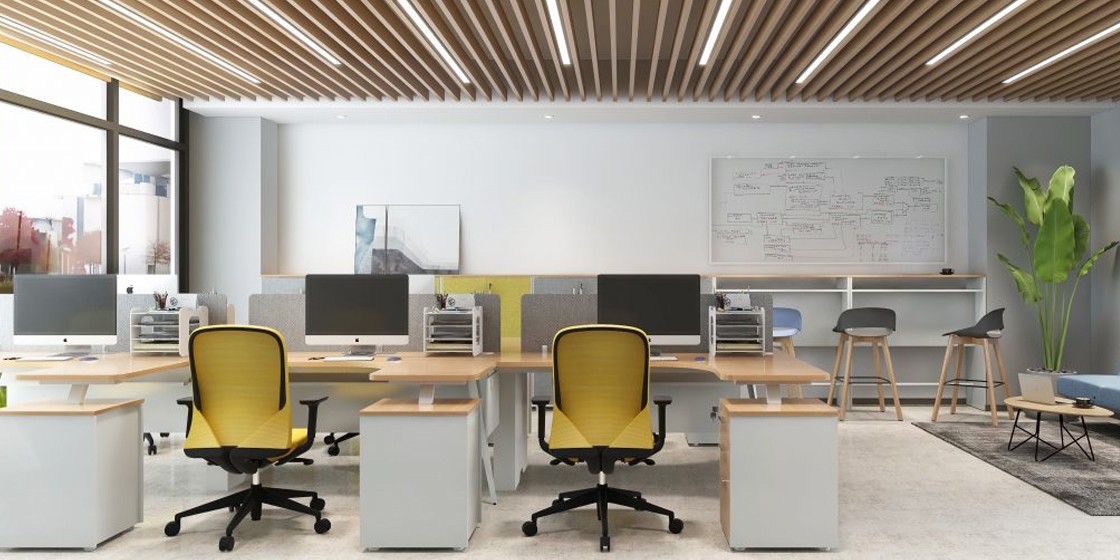Manhattan has long been the beating heart of corporate America—home to the headquarters of global banks, media giants, law firms, and tech startups alike. For decades, the demand for office space here was driven by a single assumption: everyone worked in the office, five days a week. But the rise of hybrid work has turned that assumption on its head, forcing landlords, tenants, and brokers to rethink what Manhattan’s office market looks like.
From Full-Time Desks to Flexible Footprints
Hybrid work means employees split their time between home and the office—sometimes just a few days per week. As a result, many companies no longer need the same square footage they once did. Instead of large floor plates filled with permanent desks, businesses are downsizing and shifting toward shared workstations, “hot desking,” and collaboration zones.
A recent CBRE report noted that average lease sizes in Manhattan have declined, with many companies opting for 20–30% less space than pre-pandemic. This trend is particularly strong among industries with highly adaptable workflows, such as tech, advertising, and professional services.
Location Still Matters—But in a New Way
While total space requirements may be shrinking, location remains critical. Companies are concentrating their offices in prime, transit-accessible neighborhoods like Midtown, Hudson Yards, and the Flatiron District. The idea is to make it easy for employees to commute on in-office days while providing amenities that make the trip worth it—think rooftop lounges, on-site cafés, wellness rooms, and high-speed collaboration tech.
This “quality over quantity” mindset has fueled demand for newly built or recently renovated Class A spaces, even as older buildings face rising vacancy rates.
Amenity-Rich Buildings Win Out
In the hybrid era, the office has to offer something that home can’t. Tenants are seeking buildings with flexible meeting spaces, enhanced air filtration, and tenant lounges designed to foster creativity and social interaction. Landlords who invest in hospitality-style amenities are finding it easier to attract and retain tenants, even if those tenants are leasing smaller spaces.
Coworking operators have also capitalized on the shift. Flexible office providers like WeWork, Industrious, and Spaces have seen renewed interest from companies that want a Manhattan presence without committing to a long-term, large-scale lease.
The Sublease Surge
Another side effect of hybrid work has been a surge in sublease space. Many companies signed long-term leases pre-pandemic but now find themselves with excess space. Manhattan’s sublease inventory remains elevated, providing opportunities for smaller firms to secure premium addresses at discounted rates. However, this also creates more competition for landlords of traditional direct leases.
What This Means for the Future
The hybrid work model isn’t just a temporary experiment—it’s becoming a long-term fixture of corporate life. For Manhattan’s office market, that means:
- Smaller footprints, higher quality. Companies may lease less space overall, but they’re willing to pay more for modern, well-located offices.
- Increased flexibility. Shorter lease terms, coworking memberships, and adaptable floor plans will continue to grow in popularity.
- Rising pressure on outdated buildings. Owners of older Class B and C properties will need to invest in upgrades—or consider residential conversions—to remain competitive.
Manhattan’s office market is in a period of reinvention. While demand may never return to its pre-pandemic form, the city’s reputation as a business hub remains strong—just with a new emphasis on flexibility, quality, and employee experience.

